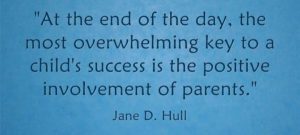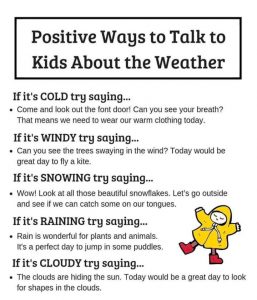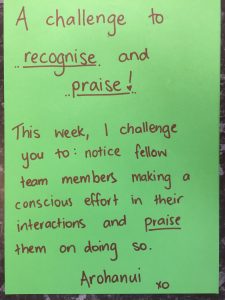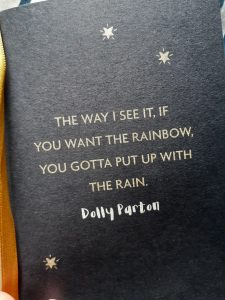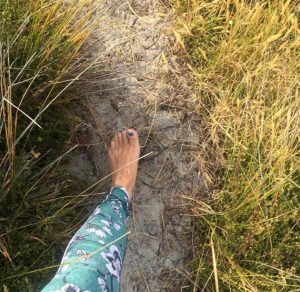I was asked to talk about “Gendered learning” …
Is there even such a thing?
And if there is, what is the benefit of such segregation? I’d love to know!
We live in a world where all anyone wants is to be included. So why would we ever consider excluding children from certain types of play? All children deserve the right to the benefits of ALL areas of play and learning.
I know as a child, my peers played barbie while I played G-I-Jo’s. We played together and it wasnt an issue. In fact, they often wanted to swap and be the G-I-Jo.
My friends came to play on the weekends and we spent our time outside, playing in the bush and estuary, wading through mangroves, trying to catch fish with our homemade lines, getting stuck in the mud, looking for crabs, climbing trees and going on adventures through the woods.
What effect did it have on me?
Well, for starters, they are my fondest childhood memories. Outside, in nature, with friends. These opportunities helped me build friendships, confidence and resilience. These adventures helped me develop a sense of who I am, a sense of curiosity and connection with the land. I am so grateful for this time, of uninterrupted play.
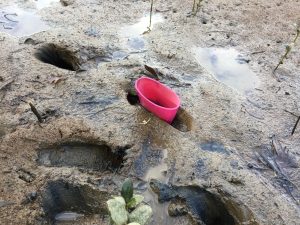
This play certainly did not make me turn out to be a ‘Tom boy’! I am a dress wearing, flower loving and kind hearted ECE (early childhood education) teacher, with a great sense of self worth.
Research is out ….
“Play is our brains favourite way of learning”
-Diane Ackerman
Through play children learn vital social skills, they learn to use their voice to express their needs, they learn about themselves, they learn to solve problems and negotiate, they learn about being a kind and respectful human being. Through play, children make sense of and learn about the world around them.
“Play is often talked about as if it were a relief from serious learning, but for children play IS serious learning.
“Play really is the work of childhood.”
-Fred Rogers.
Boys need opportunities to play house, play with dolls and care for younger children. Allowing these opportunities for boys, teaches them the tools needed to grow up as kind men, sensitive to their partner and nurturing to their children.

We all want this for our children right?

On the flip side, if girls want to play trucks and balls, let them, these games teach social aspects of learning, technology, co-ordination and team play.
Girls need opportunities to play rough and climb trees too. Risky play is healthy. It teaches body confidence and control, perseverance and negotiation.
Such play encourages problem solving and teaches children to use their voice, to speak up and express their needs. Our girls need this! So do our boys!
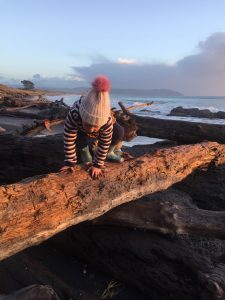
Fact:
Dress ups and dolls dont make your son gay or a ‘sissy’.
Rough play and mud won’t make your daughter a ‘Tom boy’.
This couldn’t be further from the truth.
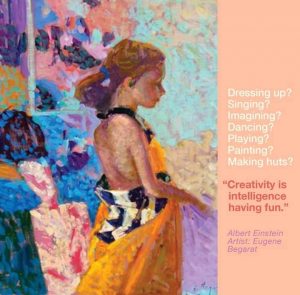
For more information on playing rough and playing outside with nature, check out:
‘The Art of Roughhousing‘ By Anthony DeBenedet & Lawrence Cohen
‘Balanced and Barefoot: How unrestricted outdoor play makes for strong, confident and capable children.’ By Angela Handscom
“If you want your children to grow up as capable, independent adults, give them the space to make their own decisions without controlling their every move.
Let them try, let them fail. It is not about always getting it right, it is learning not to be afraid to try.”
– Brooke Hampton
….
On another note, similar but different, I feel it is also important to raise awareness to the impact of ‘gendered’ language and treatment. I’m talking about comments to girls that they ‘pretty and kind’, and boys are ‘rough and tough’. Or when boys are hurt or upset they should ‘harden up’ where as girls get a hug.
This is so wrong and detrimental in so many ways.
“The way we speak to our children matters. For those words travel beyond their ears, settling in to the creases of their hearts and crevices of their self worth.”
-unknown
Just take a moment to think about this. Do we want our boys growing up afraid to speak their hurt, keep their emotions inside and eventually committing suicide as a teen because of bottled up pain or insecurities they are too afraid to speak about and get help for? NO!
Do we want our girls feeling like they have to be ‘pretty’ to BE valued or accepted? As teens struggling through mental wellbeing, with eating disorders because they believe they must be beautiful on the outside or they won’t be enough for anyone? NO!
What we say influences and has huge impact on our children.

“Think before you speak. Is it
T-rue
H-elpful
I-nspiring
N-eseccary
K-ind ???”
-Alan Redpath
Help us to raise kind, strong, empowered and independent souls, who aren’t afraid to speak their truth, stand up for themselves and let their uniqueness shine.
Shared with love,
Nga mihi nui
Nickie

